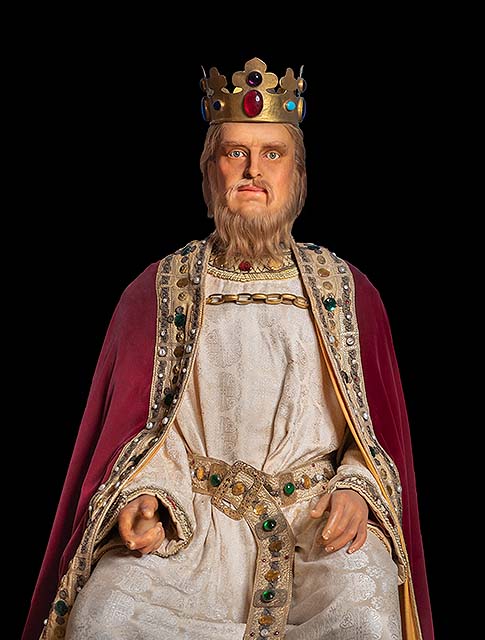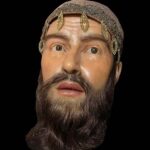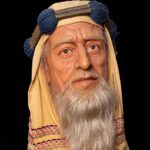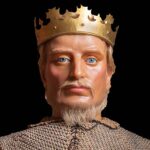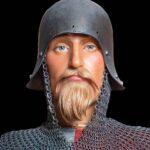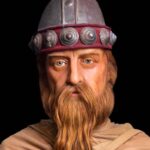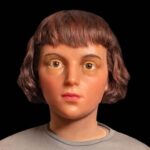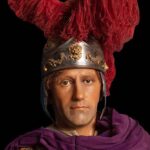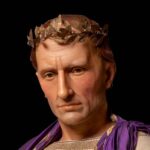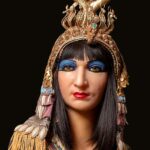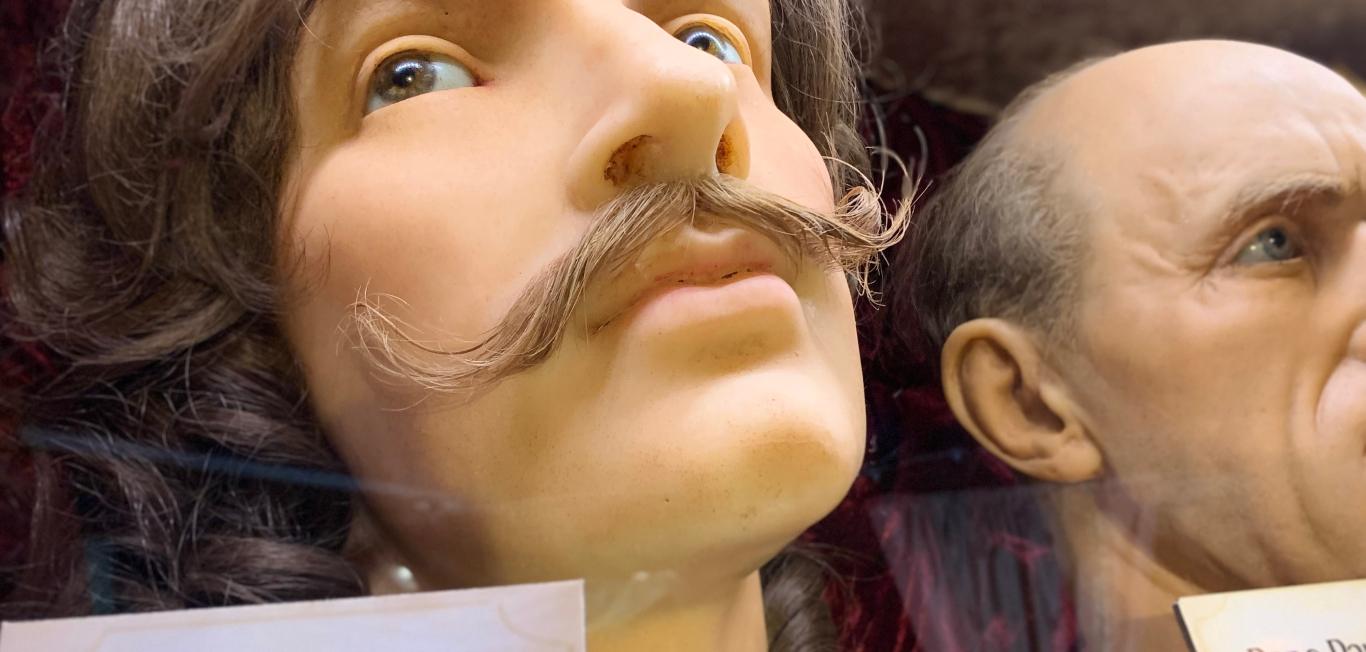Who Was John I of England?
The world has had many controversial leaders, but King John I is one of England’s most contentious. John I of England is known for his tyrannical rule and military losses but also as the king who signed the original Magna Carta, which was key in establishing what many countries today recognize as the common rights guaranteed to every person. It is these polar-opposite facts that lead many to wonder about the life of John I and the history of his rule over England.
Born as the fourth son to King Henry II on December 24, 1166, and commonly called the nicknames “Lackland” and “Softsword,” the English public had little to no faith in John I. Despite this, John I did eventually become King of England and Lord of Ireland, but he would let down his people in many ways. When King John of England eventually had to go to war with France, he faced many losses, mainly due to his poor treatment of nobles from Norman, Beton, and Anjou, including most of the land in France that his father had claimed for England. However, when most people think of John I, they do not think of the king who lost English land to France but rather as the king who signed the Magna Carta, which is, to this day, one of the most defining pieces of writing of the Renaissance.
DID YOU KNOW?
John I was the king who signed the Magna Carta, which is, to this day, one of the most defining pieces of writing of the Renaissance.
Interesting Facts
King John I of England was also called John Lackland.
The life of John I was one filled with low expectations and even lower performance. It’s these low expectations that led to his most famous byname “John Lackland.” In French, this name was “Jean sans Terre,” but in any language the nickname was an insult referring to John I’s status as an unlikely heir to the English throne who was never supposed to rule over the land (and therefore lack land).
John I’s older brother was Richard I of England, aka Richard the Lionheart.
When former King Richard the Lionheart died in 1199, despite previously trying to take the throne by force, John I was recognized as Richard I’s successor and crowned king of England.
Isabella of Gloucester, John I’s first wife, was his cousin.
Sure, people may joke that it is commonplace for the royal family to be inbred, but even back during the times of King John I, it was an issue when his father, King Henry II, betrothed him to Isabella of Gloucester, with whom he shared a great-grandfather, King Henry I. In fact, the Archbishop of Canterbury banned the two from marrying but was overruled when Henry II went to the pope, who allowed John I and Isabella of Gloucester to marry, but only if they agreed to never consummate the marriage.
A family of backstabbers tinged the history of King John I.
Not only did several of John’s brothers attempt to overthrow their own father, Henry II, but the fighting did not stop once Henry II was no longer on the throne. In fact, John I’s family continued to fight against each other for all of his life.
John I was very short and not very good-looking.
Historians have found that the king barely reached the diminutive height of 5 feet, 5 inches and had a barrel-chested, broad-shouldered figure, which put his appearance far from the common beauty standards.
King John I of England had very expensive tastes.
From books to jewels and from backgammon to gambling, the life of John I was filled with every expensive whim the king could possibly want. Some historians even say that King John I of England’s love of these expensive things bordered on obsession.
King John of England had crazy mood swings.
Although often characterized as “genial, witty, generous and hospitable,” John I was known to be incredibly violent and angry, sometimes even resulting in self-harm by chewing his own fingers as an outlet for the fury. It is this angry behavior that turned many people against the king during his reign.
Henry II, the kingly father of John I, made him Lord of Ireland.
John I’s family continued to fight throughout his whole life, and as a way to get back at his rebellious brothers, Henry II wanted to give John I power and land. One of his ways of doing this was by giving John I control over Ireland in 1177, although John I would not prove to be a very good lord when he made fun of the local leaders.
Early Life of John I of England
The history of King John I of England begins on December 24, 1166, in Oxford, England with his birth to King Henry II and Eleanor of Aquitaine. John I was one of Henry II’s youngest sons and therefore was not expected to take the throne of England at all, hence his nickname “John Lackland.” Nobody expected much of John, not even his parents. His mother, Eleanor of Aquitaine pushed him toward a life in the Church, while his father is usually credited with creating the nickname “John Lackland.” However, early on in his life, John I eventually was given control over lands, though not because the king believed in John. No, instead, King Henry II believed that by giving 5-year-old John I control over lands he would deprive his other sons of power and send them a strong message to stop revolting.
DID YOU KNOW?
King Henry II believed that by giving 5-year-old John I control over lands he would deprive his other sons of power and send them a strong message to stop revolting.
Henry II would continue to place John I in the middle of his fights with his other sons, namely Henry the Young King, whose nickname is quite possibly the antithesis to John Lackland’s and represented his future as King of England. Henry the Young King eventually decided that he had had enough of his father playing games by passing around control of lands, and so he, his brothers and their mother, Eleanor of Aquitaine, rose up against Henry II.
Meanwhile, John I grew up and eventually realized that the easiest way to get himself on the throne wasn’t to join in on rebellion but instead to suck up to and stick by the king. And so, the son who he had once called “Lackland” quickly became the favorite of the King of England. Henry II began to lay all his eggs in the basket that was John I, giving him more money and more power. However, this favoritism wasn’t to last, as, eventually, John I too rebelled against his father and supported Richard I in dethroning Henry II.
After Henry II’s death, most likely due to a stress-induced ulcer, John I was allowed to rise in power alongside the new King Richard I of England. When Richard I took the throne, John I was made Duke of Normandy, and then in 1199 when Richard I died, John I finally took the throne and was crowned king of England in Westminster Abbey at the age of 33.
Personal Life of John of England
King John I’s personal life was marked by people continuously outperforming him, or else giving him the power to succeed. Both of his wives, Isabella of Gloucester and later Isabella of Angoulême, are credited with being key to John I’s rise to power and accomplishments during his reign. John I’s father, King Henry II, disinherited all the daughters of the richest man in England except for one, Isabella of Gloucester, who he quickly betrothed to John I, allowing John I to rise further in power. However, this marriage was not a happy one in the slightest (the two were actually cousins) and eventually stopped serving a purpose for John I, so he had it annulled and eventually married Isabella of Angoulême.
DID YOU KNOW?
John of England did not have any children in his first marriage due to a deal struck with the pope that allowed him to marry his cousin Isabella of Gloucester
This second wife did not offer John I more power like his first had and, in fact, was seen as incredibly scandalous due to Isabella of Angoulême’s incredibly young age. However, years after the marriage in 1200, and even after his death in 1216, Isabella of Angoulême would actually support one of John I’s most impressive accomplishments, the Magna Carta, through her second marriage to one of its prominent defenders.
King John of England did not have any children in his first marriage due to a deal struck with the pope that allowed him to marry his cousin Isabella of Gloucester, but his second marriage to Isabella of Angoulême gave him several heirs. First, there was a son, Henry III, who would become king after the death of his father, and then Richard, Joan, Isabella and Eleanor.
The Reign of King John
The life of John I and his subsequent reign were marked by many ups and downs, but most people regarded his time as king as a relative failure. Mainly, this was due to him losing most of the land that his father had captured from France between 1202 and 1204 back to the original country. It was this failure that turned much of the public against King John of England, with many people dubbing him “John Softword.” However, his public image was not helped by his tyrannical, controlling and disrespectful attitude toward the barons of his nation. Eventually, in 1215, a civil war broke out when the barons got sick and tired of King John I’s attitude toward them.
DID YOU KNOW?
In 1215, a civil war broke out when the barons got sick and tired of King John I’s attitude toward them.
On June 15, 1215, to end this civil war, King John I was forced to sign a charter at Runnymede that would become known as the Magna Carta. This act, although coerced, would give John I a much better reputation in the eyes of the public and history itself, as the Magna Carta upheld important principles of individual rights. Sadly, on August 24, 1215, the pope declared the Magna Carta invalid, sparking yet another civil war. However, John I would not be able to defend his most important decision, as he would die soon after.
King John of England’s Legacy
King John of England is one of many famous kings of England. Like many historical figures, he is known in today’s society through popular culture, especially that of the stories of Robin Hood. In Robin Hood, King John I is one of the titular hero’s biggest antagonists. More impressive, although certainly less known, is his part in the William Shakespeare play The Life and Death of King John (c. 1596-97), which chronicles the life of the controversial king, especially the exploits of his backstabbing family.
However, none of these pieces of pop culture do justice to what history has found to be John I’s most important contribution: the signing of the Magna Carta. The Magna Carta, which literally means the “great charter,” lays out the many liberties that the dawn of the Renaissance made so popular during this time period. These liberties include the beginnings of representative government, and that no free man could be arrested without the lawful judgment of his peers or due process of the law, a principle commonly called the “rule of law.”
Late in Life
The life of John I ended on either April or October 19, 1216, at Newark Castle when he was 50 years old, one year after his most famous accomplishment: the signing of the Magna Carta. The king had been struck ill by a dysentery-related fever not long after a battle near Newark Castle and died during a fearsome thunderstorm that was reminiscent of the violence and infighting that plagued most of the his life. It’s possible that his illness was exacerbated by the gout that he had been suffering from since 1215. King John of England was eventually buried at Worcester Cathedral and succeeded by his son Henry III.
FAQ
How did King John lose the throne?
The history of King John shows that his reign as king of England ended with his death and the succession of his son Henry III.
What were the circumstances surrounding King John of England’s demise?
King John of England died of a dysentery-caused fever in 1216.
What was the reason behind King John’s nickname, “Softsword?”
When King John I lost English-controlled French land to France, he was given the nickname “Softsword.”
Did King John have any children?
King John I had five children: Henry, Richard, Joan, Isabella and Eleanor.
At what age did King John pass away?
The life of John I ended with his death at 50 years old.
